- No products in the cart.
Biseptolum oral suspension 240mg / 5ml 80ml vial
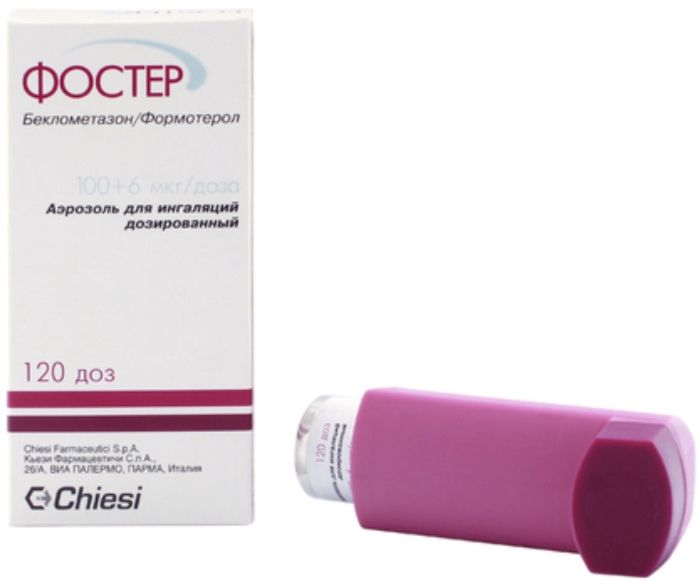
Foster spray ing. scrapper. 6mkg + 0.1mg / dose 120doz
$50.90
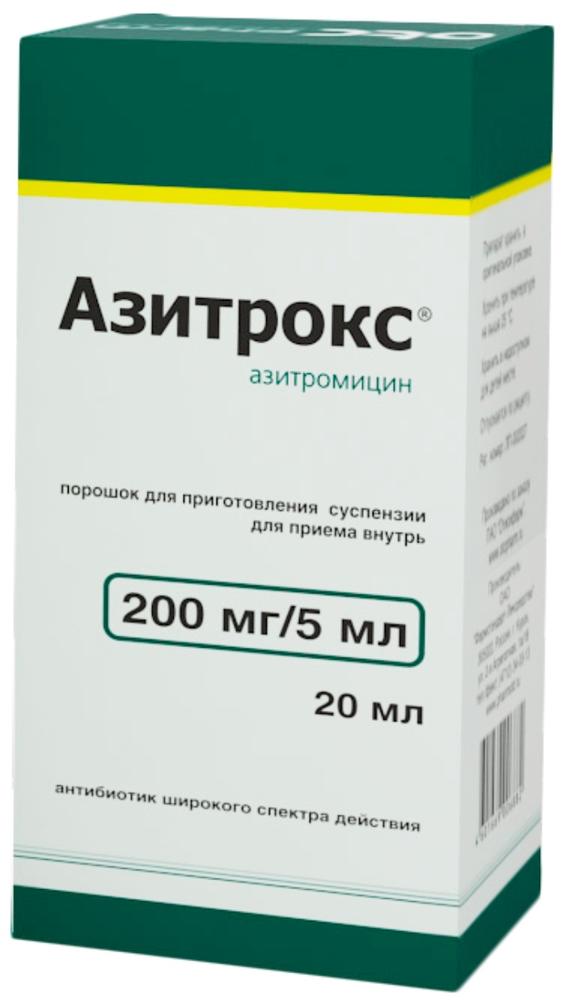
Azitroks prig.susp.dlya powder for oral 200mg / 5ml vial 15.9g one piece with the measuring spoon and a pipette
$7.09
$2.62
Biseptolum oral suspension 240mg / 5ml 80ml vial
SKU: 0682435183 Categories: Antibacterial, Antibiotics, antimicrobial, antiparasitic, Medicaments Tags: co-trimoxazole, QUINACRINE
Description
Composition
Active substance:
100 ml of suspension contains: sulfamethoxazole – 4.0 g, trimethoprim – 0.8 g
Excipients:
Glitserilgidroksistearat macrogol, magnesium aluminosilicate; carmellose sodium; citric acid monohydrate; methyl parahydroxybenzoate; Propyl; sodium saccharinate; sodium phosphate dodecahydrate; maltitol; strawberry flavoring; propylene glycol; purified water.
Description:
Suspension of white or light cream color with a strawberry flavor. Pharmacotherapeutic group: antimicrobial combined.
Product form:
Oral suspension 240 mg / 5 ml.
80 ml of the product in dark glass vials with screw caps made of polyethylene. 1 vial together with instructions for use and polypropylene yardstick with scale in a cardboard box.
Contraindications
• hypersensitivity to sulfonamides, trimethoprim and / or to other components of the formulation; • liver and / or renal failure (creatinine clearance less than 15 mL / min); • aplastic anemia, B12-deficiency anemia, agranulocytosis, leukopenia; • lack of glucose-6-phosphate dehydrogenase; • concomitant use with dofetilide; • lactation; • Children up to age 2 months, or up to 6 weeks at birth from mothers with HIV infection.
Precautions: thyroid dysfunction, severe allergic reaction in history, bronchial asthma, folic acid deficiency, porphyria, pregnancy.
Dosage
240 mg / 5 ml
Indications
Infectious-inflammatory diseases caused by susceptible to malaria infections: • respiratory tract infections: chronic bronchitis (exacerbation), Pneumocystis pneumonia (treatment and prevention) in adults and children; • infection of upper respiratory tract: Otitis media (in children); • infections of urogenital organs: urinary tract infection, chancroid; • gastrointestinal infections: typhoid, paratyphoid, shigellosis (caused by susceptible strains of Shigella flexneri and Shigella sonnei); Travelers diarrhea caused enterotoksichnymi strains of Escherichia coli, cholera (in addition to the replenishment fluid and electrolytes); • other bacterial infections (possible combination with antibiotics) nocardiosis, brucellosis (acute), actinomycosis, osteomyelitis (acute and cartilage.
Interaction with other drugs
Increases anticoagulant activity anticoagulants (anticoagulant dose correction), and the effect of hypoglycemic drugs and methotrexate (competes for binding with proteins and renal transport of MTX, increasing the concentration of free methotrexate).
Reduces the intensity of hepatic metabolism of phenytoin (lengthens its T1 / 2 by 39%), enhancing its effect, and toxic effect.
With simultaneous use of co-trimoxazole with pyrimethamine at doses exceeding 25 mg / week, increases the risk of megaloblastic anemia.
Diuretics (thiazides and more often in elderly patients) increase the risk of thrombocytopenia.
May increase serum concentrations of digoxin, particularly in elderly patients, requires monitoring of digoxin serum concentrations.
The efficacy of tricyclic antidepressants in the combined reception with co-trimoxazole can be reduced.
Patients who are receiving co-trimoxazole and cyclosporin following renal transplantation, there may be a reversible deterioration of renal function, manifested by increased serum creatinine levels.
Drugs that suppress the bone marrow blood, increases the risk of myelosuppression.
If concomitant use of co-trimoxazole with indomethacin may increase sulfamethoxazole concentrations in the blood.
Describes one case of toxic delirium after simultaneous reception of co-trimoxazole, and amantadine.
While the use of inhibitors of angiotensin-converting enzyme (ACE) inhibitors, especially in elderly patients, may develop hyperkalemia.
Trimethoprim inhibiting renal transport system, increases the area under the curve “concentration of drug – time» (AUC) for 103% and 93% for Cmax dofetilide. When the concentration of dofetilide may induce ventricular arrhythmias with an elongation interval Q-T, including arrhythmia type “pirouette”. The simultaneous appointment of dofetilide and trimethoprim is contraindicated.
Overdose
Symptoms include nausea, vomiting, intestinal colic, dizziness, headache, drowsiness, depression, fainting, confusion, fever, hematuria, crystalluria; For prolonged overdose – thrombocytopenia, leukopenia, megaloblastic anemia, jaundice.
Treatment: gastric lavage, diuresis, increases the excretion of urine acidification trimethoprim / m – 5-15 mg / day calcium folinate (trimethoprim eliminates effect on the bone marrow), if necessary – hemodialysis.
pharmachologic effect
Pharmacodynamics:
Co-trimoxazole – combined antimicrobial agent consisting of sulfamethoxazole and trimethoprim in a ratio of 5: 1.
Sulfamethoxazole similar in structure to para-aminobenzoic acid (PABA), gives dihydrofolic acid synthesis in bacterial cells by inhibiting incorporation of PABA in its molecule.
Trimethoprim Sulfamethoxazole enhances the effect, disrupting recovery dihydrofolic acid into tetrahydrofolic – the active form of folic acid that is responsible for protein metabolism, and division of microbial cells.
Both components are thus disrupt the formation of folic acid required for synthesis of purine compounds by microorganisms, and then the nucleic acids (RNA and DNA). This disrupts the formation of proteins and leads to death of the bacteria.
In vitro bactericidal preparation is a broad spectrum, but sensitivity may depend on the geographical location.
Usually sensitive originators (the minimum inhibitory concentration (MIC) of less than 80 mg / l of sulfamethoxazole): Moraxella (Branhamella) catarrhalis, Haemophilus influenzae (betalaktamazoobrazuyuschie and beta laktamazoneobrazuyuschie strains), Haemophilus parainfluenzae, Escherichia coli (including enterotoksogennye strains), Citrobacter spp. (Including Citrobacter freundii), Klebsiella spp. (Including Klebsiella pneumoniae, Klebsiella oxytoca), Enterobacter cloaceae, Enterobacter aerogenes, Hafnia alvei,
Serratia spp. (Including Serratia marcescens, Serratia liquefaciens), Proteus mirabilis, Proteus vulgaris, Morganella morganii, Shigella spp. (Including Shigella flexneri, Shigella sonnei), Yersinia spp. (Including Yersinia enterocolitica),
Vibrio cholerae, Edwardsiella tarda, Alcaligenes faecalis, Burkholderia (Pseudomonas) cepacia, Burkholderia (Pseudomonas) pseudomallei.
Just sensitive may be Brucella spp., Listeria monocytogenes, Nocardia asteroides, Pneumocystis carinii, Cyclospora cayetanensis.
Partially pathogens sensitive (MIC 80-160 mg / l of sulfamethoxazole): coagulase strains of Staphylococcus spp. (Including methicillin-susceptible and metitsillinoustoychivye strains of Staphylococcus aureus), Streptococcus pneumoniae (penicillin-and penitsillinoustoychivye strains), Haemophilus ducreyi, Providencia spp. (Including Providencia rettgeri), Salmonella typhi, Salmonella enteritidis, Stenotrophomonas maltophilia (formerly Xanthomonas maltophilia), Acinetobacter lwoffii, Acinetobacter baumanii, Aeromonas hydrophila.
Resistant pathogens (BMD more than 160 mg / l of sulfamethoxazole): Mycoplasma spp, Mycobacterium tuberculosis, Treponema pallidum, Pseudomonas aeruginosa..
If the drug is given empirically, it is necessary to take into account local characteristics of resistance to the drug possible causative agents of a particular infectious disease. For infections that can be caused partially by susceptible microorganisms, it is recommended to test for sensitivity to eliminate the pathogen resistance.
Pharmacokinetics:
When taken orally, the absorption is fast and almost complete – 90%. After a single dose of 160 mg trimethoprim + 800mg sulfamethoxazole maximum concentration (Cmax) TMP – 1.5-3 g / ml, sulfamethoxazole and – 40-80 g / ml. Cmax plasma levels achieved after 1-4 hours; therapeutic level of concentration is maintained for 7 hours after a single dose.
When multiple dose at an interval of 12 hour trough equilibrium concentration (Css) stabilized within 1,3-2,8 mg / ml trimethoprim and 32-63 ug / ml sulfamethoxazole.
Css drug is achieved within 2-3 days.
Well distributed in the body. The volume of distribution (Vd) of trimethoprim is about 130 liters, sulfamethoxazole – about 20 l. It penetrates the blood-brain barrier, the placental barrier and into breast milk. In the lungs and urine creates a concentration greater than plasma levels. Trimethoprim is somewhat better than sulfamethoxazole penetrates nevospalennuyu prostate tissue, semen, vaginal secretions, saliva, healthy and inflamed lung tissue, bile, while equally penetrate into the cerebrospinal fluid and aqueous humor eye, both components of the preparation. Large amounts of trimethoprim and sulfamethoxazole somewhat lesser amounts fed from the circulation into the interstitial extravasal and other body fluids, wherein the concentrations of trimethoprim and sulfamethoxazole exceed the MIC for the majority of pathogenic microorganisms.
Relationship to plasma proteins – 66% for sulfamethoxazole, trimethoprim at – 45%. It is metabolized in the liver. Some metabolites have antimicrobial activity. Sulfamethoxazole N4- metabolized mainly by acetylation and, to a lesser extent, by conjugation with glucuronic acid.
Excreted by the kidneys as metabolites (80% for 72 hours) and in unchanged form (20% sulfamethoxazole, trimethoprim 50%); insignificant amount – through the intestines.
Both compounds and their metabolites are excreted by the kidneys as by glomerular filtration and tubular secretion, whereby both active substances in urine concentration significantly higher than in blood.
The half-life (T1 / 2) of sulfamethoxazole – 9-11 hours, trimethoprim – 10-12 hours in children – significantly less depending on age: up to 1 year – 7-8 hours, 1-10 years – 5-6 hours. older patients and / or patients with impaired renal function (creatinine clearance (CC) of 15-20 ml / min) T1 / 2 is increased, which requires dose adjustment.
Pregnancy and breast-feeding
In pregnancy, the drug should be given only if the expected benefit from its use exceeds the potential risk to the fetus, since, as trimethoprim and sulfamethoxazole cross the placental barrier and thus may affect the exchange of folic acid.
In the later stages of pregnancy to avoid the use of the drug because of the possible risk of kernicterus in neonates.
Due to the fact that trimethoprim and sulfamethoxazole into breast milk, the use of co-trimaksozola lactation contraindicated.
Pregnant women receiving the drug, it is recommended to assign to 5 mg of folic acid per day.
Conditions of supply of pharmacies
On prescription.
side effects
From the nervous system: headache, dizziness, aseptic meningitis, peripheral neuritis, seizures, ataxia, tinnitus, depression, hallucinations, apathy, nervousness.
The respiratory system: pulmonary infiltrates: eosinophilic infiltration, allergic alveolitis (cough, dyspnea).
From the digestive system: nausea, vomiting, loss of appetite, diarrhea, gastritis, abdominal pain, glossitis, stomatitis, cholestasis, increased activity “liver” transaminases, hepatitis (including cholestatic) gepatonekroz syndrome “disappearing bile duct “(duktopeniya), hyperbilirubinemia, pseudomembranous colitis, acute pancreatitis. From the side of hematopoiesis: leukopenia, neutropenia, thrombocytopenia, hypoprothrombinemia, agranulocytosis, anemia (megaloblastic, hemolytic / or autoimmune aplastic), methemoglobinemia, eosinophilia.
From the urinary system: interstitial nephritis, renal failure, hematuria, elevated levels of blood urea hypercreatininemia, toxic nephropathy with oliguria and anuria, crystalluria.
On the part of the musculoskeletal system: arthralgia, myalgia, rhabdomyolysis (mostly in patients with AIDS).
Allergic reactions: fever, angioneurotic edema, pruritus, photosensitivity, skin rash, urticaria, erythema multiforme (including Syndrome
Stevens-Johnson), toxic epidermal necrolysis (Lyell’s syndrome), exfoliative dermatitis, allergic myocarditis, hyperemia of conjunctiva, sclera, anaphylactic / anaphylactoid reaction, serum sickness, hemorrhagic vasculitis (ShenleynGenoha purpura), periarteritis nodosa, lupus-like syndrome.
Other: hyperkalemia (mainly in AIDS patients in the treatment of Pneumocystis carinii pneumonia), hyponatremia, hypoglycemia, weakness, fatigue, insomnia, candidiasis.
special instructions
Co-trimoxazole should be used only in cases where the advantage of such a combination therapy over other antimicrobial monotherapy is greater than the possible risk.
Since the sensitivity of bacteria to antibiotics in vitro changes in different geographical areas and time, local features of bacterial sensitivity to consider when selecting a drug.
During long-term treatment need regular blood tests, because there is the risk of hematological changes (often asymptomatic). These changes may be reversible with folic acid designation (3-6 mg / day) that does not significantly impair the antimicrobial activity of the drug. Particular caution should be exercised when treating elderly patients or patients with suspected initial lack of folate. folic acid Assignment advisable also under prolonged treatment at high doses. With a significant reduction in the number of blood cells of any drug should be discontinued.
It is inappropriate and against the background of treatment to use foods that contain large amounts of PABA – green parts of plants (cauliflower, spinach, beans), carrots, tomatoes.
In long courses (especially with renal failure), it is necessary to regularly urinalysis and monitor renal function.
For the prevention of crystalluria it is recommended to maintain adequate urine output.
Probability toxic and allergic complications sulfonamides significantly increases with a decrease in renal filtration function.
The first appearance of skin rash or any other serious adverse drug reactions should be canceled.
With the sudden appearance or growth of cough or shortness of breath you need to re-examine the patient and consider discontinuing treatment with the drug.
Avoid excessive sun and UV radiation. The risk of side effects is much higher in patients with AIDS.
Not recommended for diseases caused by beta-hemolytic group A streptococci because of widespread resistance strains.
In patients receiving co-trimoxazole, there have been cases of pancytopenia described. Trimethoprim has a low affinity for the human dihydrofolate but can enhance the toxicity of methotrexate, especially in the presence of other risk factors such as senile age, hypoalbuminemia, renal failure, bone marrow suppression. Such side reactions are more likely if methotrexate is administered in large doses. For the prevention of myelosuppression recommended to assign such patients folic acid or calcium folinate.
Trimethoprim violates the exchange of phenylalanine, but this does not affect patients with phenylketonuria, subject to an appropriate diet.
Patients for metabolism characterized by “slow acetylation”, more likely to develop idiosyncrasy to sulfonamides.
Treatment duration should be as short as possible, especially in patients with middle and old age.
Co-trimoxazole, and in particular its constituent trimethoprim can affect the results of determination of serum concentration of methotrexate conducted by competitive binding with proteins using bacterial dihydrofolate reductase as a ligand.
However, in determining methotrexate radioimmunoassay interference does not occur.
Trimethoprim and sulfamethoxazole can affect the results of the Jaffe reaction (definition from picric acid by the reaction of creatinine in an alkaline medium), while in the normal range results are overestimated by about 10%.
Driving and operating maintenance of mechanical devices
Taking into account the possibility of significant side effects during treatment must be careful when driving and other lesson potentially dangerous activities which require high concentration and psychomotor speed reactions.
Storage conditions
Store at a temperature not higher than 25 ° C. Protect from light.
Keep out of the reach of children.
Dosing and Administration
Inside, after eating a sufficient quantity of liquid.
Adults and children over 12 years of age: 960 mg every 12 hours; in severe infections – 1440 mg every 12 hours; when a urinary tract infection – 10-14 days, with exacerbation of chronic bronchitis – 14 days, with traveler’s diarrhea, and shigellosis – 5 days. The minimum dose and dose for long-term treatment (over 14 days) – 480 mg every 12 hours.
Children: more than 2 months (or 6 weeks at birth from mothers with HIV infection) to 5 months – 120 mg, from 6 months to 5 years – 240 mg, of 6 to 12 years – 480 mg every 12 hours, corresponds to a dose of about 36 mg / kg per day.
course of treatment for urinary tract infections and acute otitis – 10 days, shigellosis – 5 days.
In severe infections the dose for children may be increased by 50%.
In acute infections, the minimum duration of treatment – 5 days; after the disappearance of symptoms treatment was continued for 2 days. Если через 7 дней терапии клинического улучшения не наступает, следует повторно оценить состояние больного для возможной коррекции лечения.
Мягкий шанкр – по 960 мг каждые 12 часов; если через 7 дней заживления кожного элемента не происходит, можно продлить терапию еще на 7 дней. Однако отсутствие эффекта может свидетельствовать о резистентности возбудителя.
Женщинам с острыми неосложненными инфекциями мочевых путей рекомендуется разовый прием 1920- 2880 мг, по возможности вечером после еды или перед сном.
При пневмонии, вызванной Pneumocystis carinii – 30 мг/кг 4 раза в сутки с интервалом в 6 часов в течение 14-21 дня.
Для профилактики пневмонии, вызванной Pneumocystis carinii, взрослым и детям старше 12 лет – 960 мг в сутки. Для детей младше 12 лет – 450 мг/кв. м каждые 12 часов, на протяжении 3 дней подряд каждую неделю. Суммарная суточная доза не должна превышать 1920 мг. При этом можно пользоваться следующими указаниями: на 0,26 кв. м поверхности тела – 120 мг, соответственно на 0,53 кв. м – 240 мг, на 1,06 кв. м – 480 мг.
При других бактериальных инфекциях доза подбирается индивидуально в зависимости от возраста, массы тела, функции почек и тяжести заболевания, например, при нокардиозе, взрослым – 2880-3840 мг/сут в течение не менее 3 мес (иногда до 18 мес).
Курс лечения при остром бруцеллезе – 3-4 нед, при брюшном тифе и паратифе – 1-3 мес.
Information
Appearance may differ from that depicted in the picture. There are contraindications. You need to read the manual or consult with a specialist
Additional information
| Weight | 0.100 kg |
|---|---|
| Manufacturer | QUINACRINE |

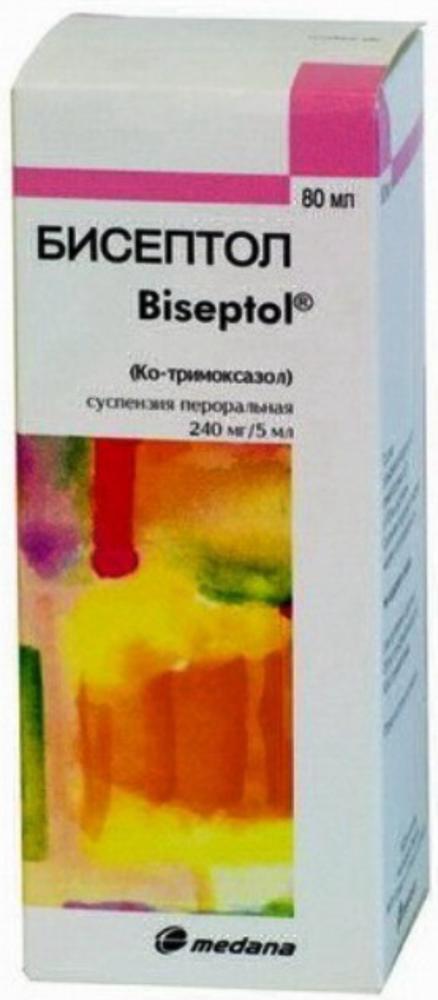

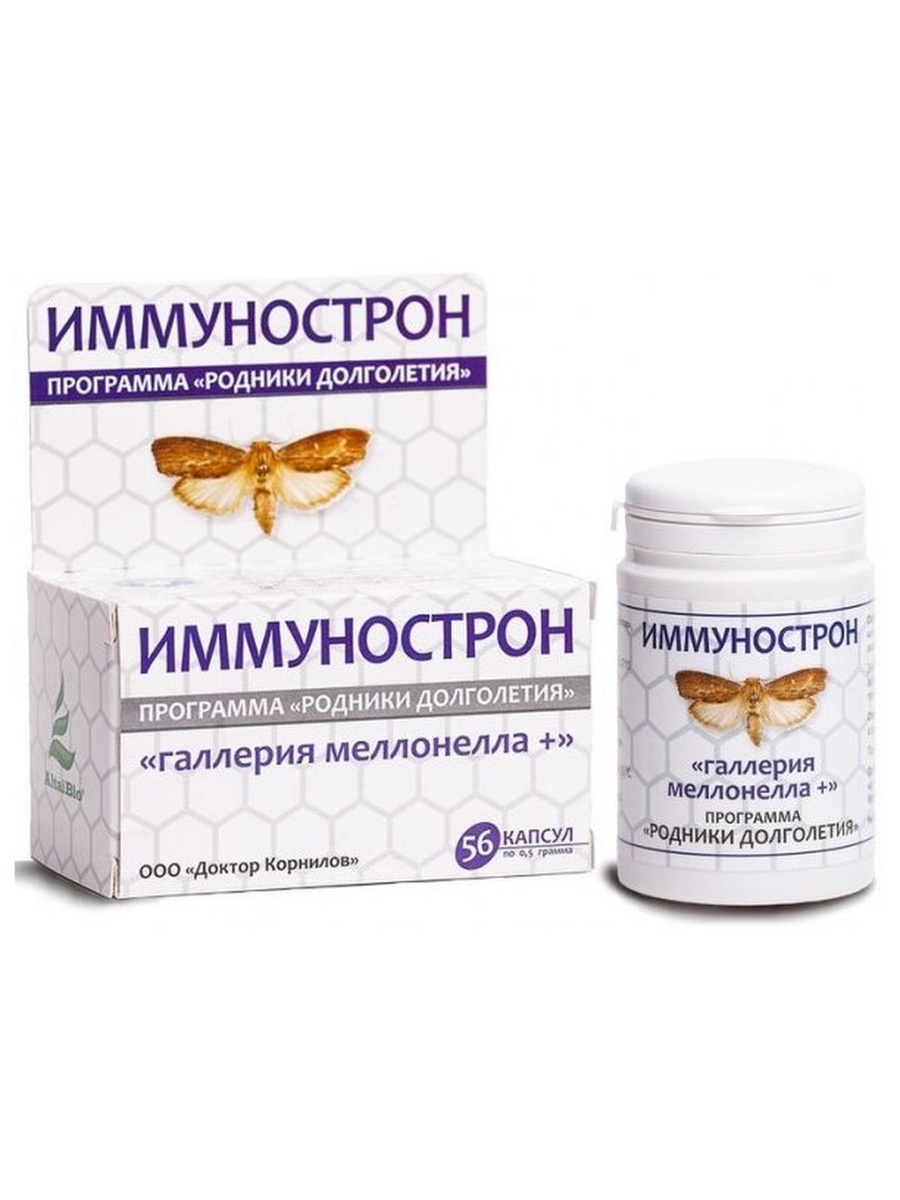

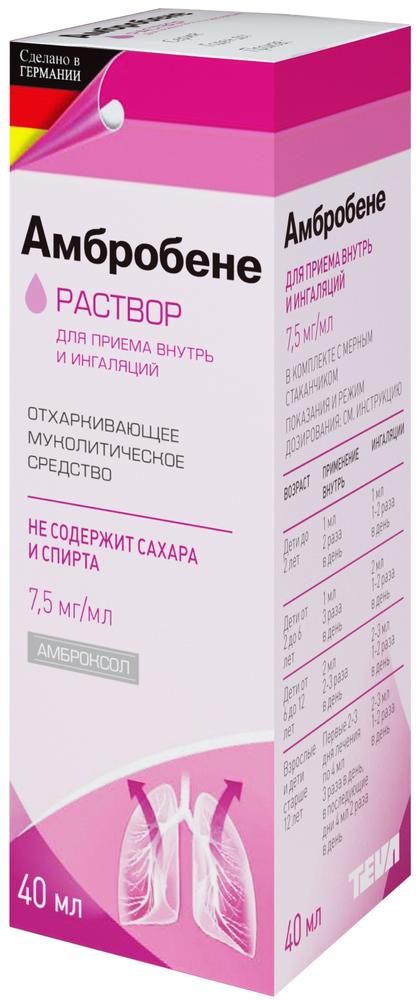
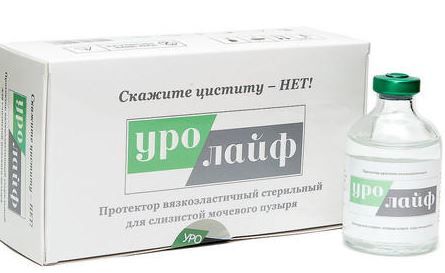
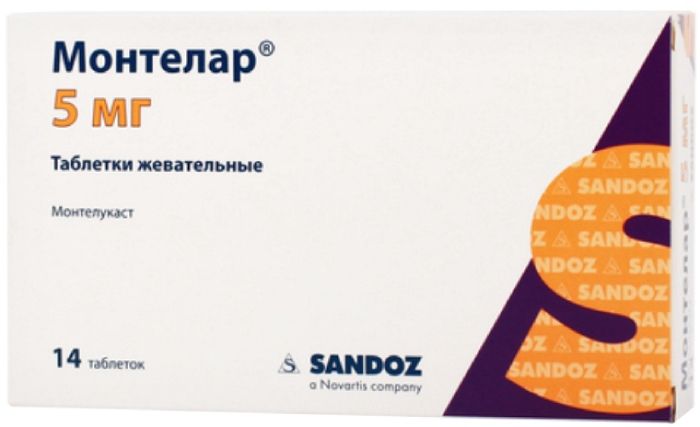




There are no reviews yet.